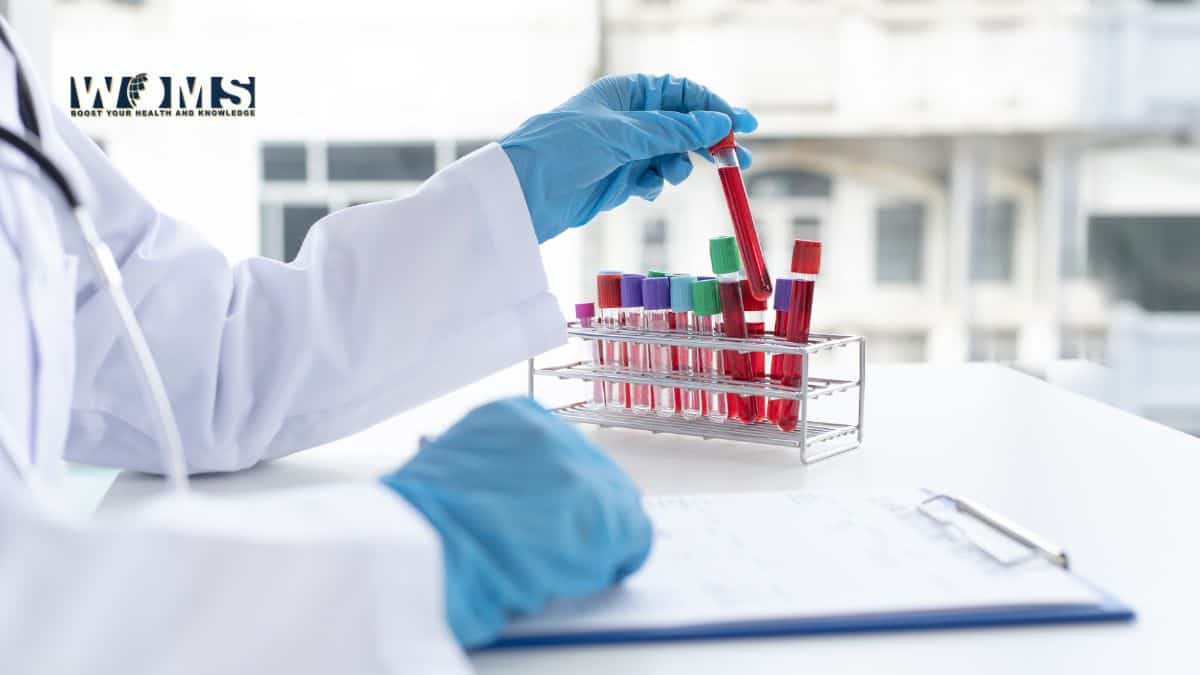The Role of Biomarker Testing in Breast Cancer

Breast cancer is the most common cancer in the world, affecting millions of women worldwide and responsible for hundreds of thousands of deaths each year. Thanks to medical advances, detection rates and treatment outcomes have improved significantly in the last few decades, with earlier identification and improved progression outcomes. Breast cancer is now more closely monitored than ever before thanks in large part to the role of biomarker detection, which monitors certain proteins in the blood to chart the progression of cancer. Biomarkers are biological signatures left by cancer progression and can take the form of enzymes such as thymidine kinase, the biomarker targeted by TKa testing, or other proteins sometimes known as cancer antigens, including CA 15-3 and CA 27.29.
Breast cancer can be caused by genetic or lifestyle factors, and in some cases has no clear cause, but can often be identified and treatment outcomes predicted by the presence of specific biomarkers. Though early detection of breast cancer is the most important task in ensuring high survival rates, with the very earliest stages of the disease seldom life-threatening, the role of biomarkers does not end there. Blood-based biomarkers are used in later stages of the treatment process to identify candidate treatments, ascertain the need for surgery, and measure risk of death. Blood-based biomarkers are used both as an adjunct to and alternative to imaging, which is expensive and exposes the patient to potentially harmful radiation, or invasive biopsy. Often a combination of exams, imaging and biomarkers will provide patients with the best possible outcome.
CA 15-3
CA stands for Cancer Antigen, and it refers to a broad spectrum of biomarkers that can be used to identify proteins associated with breast cancer in the blood, sometimes before other symptoms present themselves. CA 15-3 is a serum marker used to detect soluble MUC-1 proteins, and it is extremely useful in patients where radiology is contradicted for any reason. CA 15-3 is also used for the post-operative surveillance of woman who have undergone mastectomies, helping identify early any potential recurrence. A limitation of CA 15-3 is that it tends to be less useful for identifying very early-stage disease.
CA 27.29
Another important CA is 27.29, which also looks at MUC-1 protein levels. Levels of this protein are frequently elevated in breast cancer cases, but in the normal functioning of the body, it helps protect against infection by pathogens. MUC-1 does not cause cancer, but individuals suffering from breast cancer will often over-express it and sometimes it will appear as an abnormal variant of the protein in cancer patients. MUC-1 can also in some cases hinder the treatment of cancers by preventing cell death. Like CA 15-3, CA 27.29 works by identifying levels of MUC-1, providing an indication of both the presence of a malignant tumor and its progression. Unlike TKa, both CA 15-3 and CA 27.29 are not seen in 100% of cases of metastasis, so they should be confirmed using other methods.
TKa
TKa testing is used in postmenopausal women with breast cancer as a measure of proliferation, identifying severe cases where the cancer has spread around the body. The test measures levels of thymidine kinase in the bloodstream, an enzyme expressed by cancer cells. Patients with lower TKa expression are less likely to have advanced, metastasizing cancers than those with higher scores, allowing clinicians to monitor the success of treatment and identify worsening cases for different measures. TKa can be used alongside imaging techniques and may identify cancer cell proliferation earlier than imaging. TKa offers clear advantages over other biomarkers such as CA 15-3, which is not seen in all cases of metastasized breast cancer, allowing for early identification of the most severe, recurrent cases.
Breast cancer survivors all have different stories, but in many cases their prognosis has benefited from early testing, with sensitive blood-based tumor markers often able to identify cancer early, allowing for the widest range of treatment options and the best eventual outcomes. All of these tests rely on tell-tale biomarkers that are elevated in patients with active tumors. Ideally, these are detected early on, allowing patients to identify prospective risks early and seek appropriate treatment.
Biomarker tests are useful in many different conditions, and since they do not share the risk profile of screening procedures – which, like dental x-rays, can increase the risk of cancer if over-used – so they are especially appropriate for monitoring recurrent or metastasized cases, where TKa testing is a popular option.
Biomarkers show great promise in allowing more women to survive breast cancer, and play an increasingly important role in the management of this disease which remains one of the biggest killers worldwide. If you have concerns about your health or current treatment plan, be sure to speak to your team of healthcare professionals, who will be best placed to guide you on testing and treatment options.




